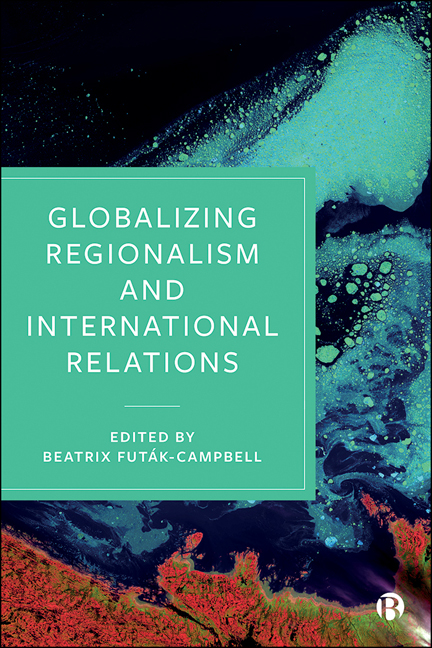6 - Environmental Regionalism in East Asia
Published online by Cambridge University Press: 21 December 2021
Summary
Introduction
Regions have become critical levels of interaction to address local, regional and global socio-ecological changes in recent years. At the same time, regions are traditionally decision-making and negotiation mechanisms for economic and security cooperation in Central Asia, Africa, East Asia and Asia-Pacific. While regions are heavily featured in international relations (IR), there is no agreement on the definition, position, potential and practices of regions and regional institutionalization processes. Regardless of being the result of a natural process or a government-induced policy, geographical proximity has always played a pivotal role in defining regions (Mansfield and Milner, 1997). Another important element when discussing regions is their place within the international system. Regions can be local (micro), regional and global, but they can also be communities (non-states actors) and described as sub-regions (Uyar Makibayashi, 2015).
East Asia, one of the most dynamic areas of regional and global economic movements, a centre of demographic diversity and movement of people and host to powerful and complex environmental changes and natural disasters, is one region where some of the leading sub-regional, regional and international regional frameworks are located, such as the Association of Southeast Asian Nations (ASEAN), Asia-Pacific Economic Cooperation (APEC), Trans-Pacific Partnership Agreement (TPP), ASEAN+3 (ASEAN and China, Japan and South Korea), regional trade agreements, the Asian Development Bank (ADB), and the ASEAN Regional Forum (ARF). While most of the regional arrangements are framed around political-economic, social and historical alignments, environmental issues have also started to gain attention at regional level (Shaw et al, 2011; De Lombaerde and Soderbaum, 2013; Uyar Makibayashi, 2015). East Asia is a region that is strongly affected by environmental issues such that neighbours of the same ecosystem have come together to cope with consequences of their damage to the environment, environmental deterioration, and the impacts of environmental changes. The impacts of global and regional environmental issues have led to a greater interest in environmental cooperation and regionalism to bring more robust and effective solutions for environment-related issues (Elliott and Breslin, 2011).
In the process of conceptualizing regionalism within the Globalizing IR movement, this chapter raises some questions about how the environment itself, as one of the natural endowments of any given region, as well as emerging environmental issues can contribute to regions, regionalism, regional institutions and regionalization processes.
- Type
- Chapter
- Information
- Globalizing Regionalism and International Relations , pp. 125 - 150Publisher: Bristol University PressPrint publication year: 2021



